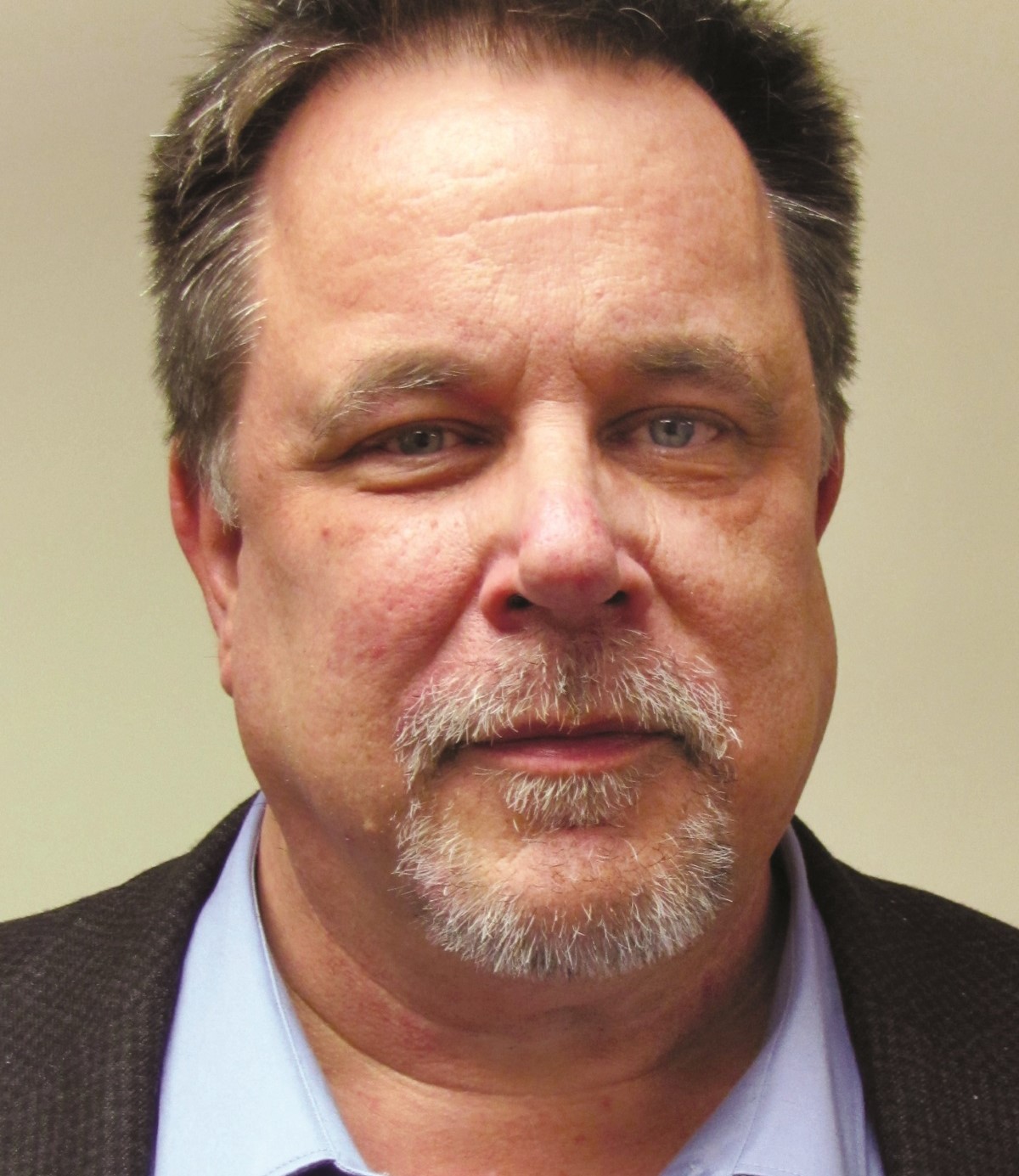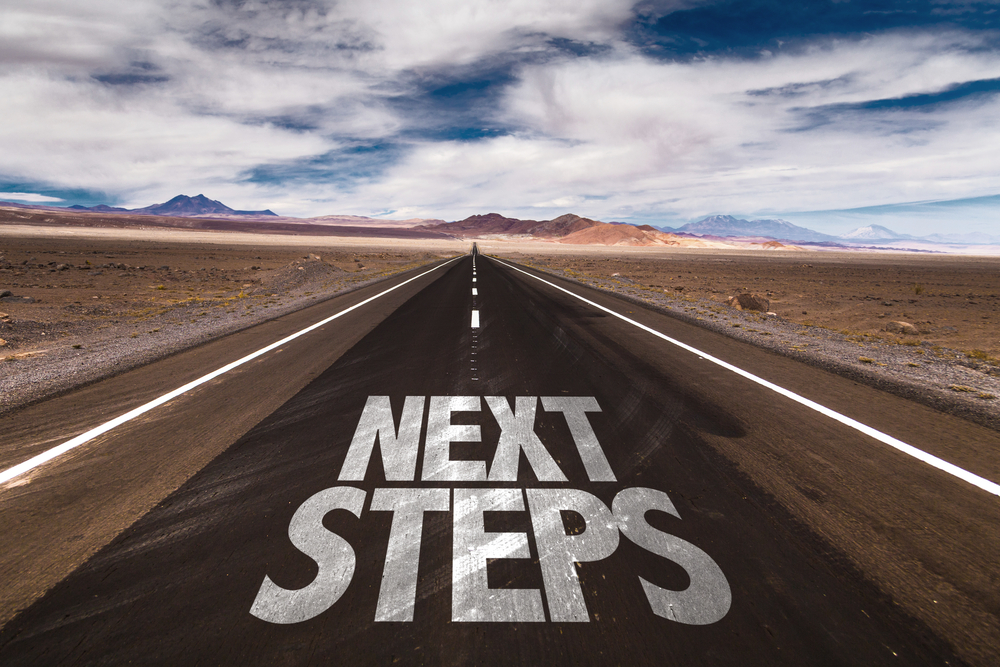 INTRODUCTION
INTRODUCTION
This piece is about our practice as community workers, our mindset, our tendencies to resist the transformative leap. Sometimes it feels like we are standing on the edge of convention, a wide chasm between us and the “New World,” and looking down at the gremlins of risk and failure.
The narrative here does not imply – or even offer the slightest allusion – that the author has figured it all out. It’s our human nature to be cautious, to measure our options, to work in the comfort of what we know and of how we see ourselves.
Are you standing on the edge? My guess is yes, though not all the time. But I bet I’ve seen you there. I was the Lumber Jack size of a man with his toes on the precipice just a few folks down the line from you. We don’t stand there constantly. Sometimes we find our way across the chasm. Often, we don’t. But even when we get there, we tend to return to our “home-base,” that very place we wish to change.
There are many, many people testing new waters, crafting better ideas, launching innovative actions. I am blessed to know so many incredible leaders and thinkers, risk-takers and catalysts, and passion-makers and boat-rockers. But even the best explorers get lost, prefer calm waters, hesitate.
I have said more than once: transformative ideas require (and deserve) transformative practice. They must weave together if we have any hope of our ideas coming to fruition. To create unique, beautiful music goes beyond the composition. Creativity, passion, and experience are put to practice (technique) and what we hear is all of that, not just the notes the pianist in playing. In other words, often, if not all the time, new music requires new technique.
Even our practice leaders find themselves on the edge of new possibilities and unable to take that next step. It happens to all of us, and it will take all of us to change things. Here are nine suggestions:
NINE THINGS WE MUST STOP DOING!
- We need to stop thinking of transformation as thatthing “over there.”
At the risk of sounding overly Thoreau-like and simplistic, reform (and I suggest, transformation) begins at home. Such big change only exists because people change. They change how they think, see things, have conversations, how they do collaborative work, and so on. One of the ways I differentiate between “reform” and “transformation” is how extensive our personal change must be. Reform clearly requires a change in thinking and new actions, but transformation goes further: to achieve it we need to change elements of our identity, not just as community workers and activists, but as people.
What I am suggesting is also this: the answer is not contained in the new models we are adopting or in the many incredible books we read and ponder. Such things are only effective when we adapt, change our minds, and add to our knowledge and aspirations. It is “us” who bring the ideas of the bright minds to life.
- We have to stop the “bandwagon” effect.
Sometimes I also refer to this as the “Pendulum Swing Effect.” This speaks to our tendency to jump aboard (lock, stock and barrel) on the latest ride to the new way of this or that. Remember Management by Goals and Objectives? They gave way to Outcomes and now there is SROI and results based funding. But isn’t MBO still a useful tool? Remember Carver’s Governance Model? Yes it’s still around, but it’s lost its position as the best way to govern a board. We have new muses now like
Governments swing back and forth between centralization and decentralization. What about both blended together? Now we are into Developmental Evaluation and Collective Impact. It’s not that we shouldn’t be engaged in these wonderful ideas and models. But we do need to guard against assuming any one model is the model. All of them are incomplete and imperfect and none of them can stand alone as the answer.
What is so incredible about all of these many ways of seeing and working is the potential we have to work with all of them – when the time is right, when the context calls for one approach or the other, when we have this much capacity or that much. The more tools in the tool box the better. Our job is to get good at the tools, deploy their functionality skillfully, exploit their unique contributions, and nurture their connection to how we think and imagine.
- We need to stop having adversarial mindsets.
Adversarial-ness manifests in various ways. Sometimes it takes the form of competitiveness that results in agencies positioning themselves in contrast to other agencies or when bright minds start to wonder who shines the brightest. Sometimes polarities surface because of ideology and the latter becomes so exclusive, conversations about various ideologies become rare or are replaced by vitriolic exchanges, statements of blame, and even personal attacks. Look at politics and how we even call one party the “opposition” party, as if being adversarial is the purpose. Other times it is our egos or our dislike of another’s personality that divides us and leads to “us” versus “them” thinking and posturing.
I often invoke John Ott’s call to “welcome all that arises” when I catch myself being adversarial. We can’t do as much if “opposition” is a core or even frequent strategy. Yes we need to challenge one another and more often than not “brilliance” emanates from diverse perspectives and passionate dialogue, but we can do that without being “in opposition.” We do not have to prove another wrong in order to share ideas.
It is easier to oppose than to work together through our differences. Differences are not the problem. Using them against one another is.
- We need to stop re-painting the status quo and calling it change.
I am sure you have experienced it. Maybe done it once or twice? Sometimes we want so badly to be a player in the new way of being, we begin to persuade ourselves that what we are doing is a part of the new world order. We paint an initiative as “collaborative” when the honest truth is it isn’t. We repaint a relationship to have the colours of “partnership” while continuing to accept inequitable power and voice in those relationships. We are in the midst of painting over “charity” with new colours like “investment.” We paint “outputs” the colour of “outcomes.” It’s an endless temptation to do this. I suggest it’s a waste of good energy and in the end not very impactful.
Repainting the status quo is a major barrier to transformational change. It may create a new image but does nothing for our identity as a group, organization, or community.
- We need to stop taking so long.
I say that with some hesitation because big change does take time. And it is true that going too fast can cause its own problems. But it also seems that we keep studying the same problems and issues over and over. Collaborations that form to address or end poverty feel compelled to do their own research, craft their own surveys, have their own focus groups and determine their own definitions. It’s what I call “studying the problem to death.”
The larger the institution the slower things go. Perhaps large institutions are more complex or have more hoops to jump through to bring a new idea to implementation. But sometimes I wonder if it’s just more of a habit or a cultural phenomenon that resists a faster pace. Transforming our systems will be very difficult if we somehow see it as a slow motion undertaking.
Earlier I mentioned the importance of changing our practice. When it comes to leading transformation, our large institutions need to authentically explore how to change their habitual operations to allow for change to roll, not progress inch by inch.
We have to recognize that innovation and big change begin while we are delivering current services. We can’t just stop what we are doing in order to innovate. Big change carries risk and while risk needs to be addressed, avoiding it means avoiding the changes we need to make.
- We need to stop obeying all the rules.
Rules are not the problem in and of themselves, but we can have too many and we can be too obsessed with their “enforcement.” Rules can also be a form of dogma – leading to rote adherence and a cultural norm voiced as “that’s just the way it is around here.” Transformation and obedience are strange bed fellows. We need order but transformation upsets order. We need frameworks and policies but transformation often prefers new structures and guidelines.
Rule breakers make things happen. Seth Godin writes about the importance of heretics. He says we need them to make the changes we need to make. Locally, one of the family serving agencies broke a child welfare norm. Instead of removing children from the home, they removed the parents, supported them in their new location while placing a parent-support worker in the child’s home. That seems like rule-breaking to me.
Another example: I am aware that a shelter that serves those with chronic substance abuse habits broke its own rule about alcohol on the premises in order to ensure that one of the community’s “most difficult” clients would stay at the shelter rather than live on the streets. He is healthier now and his frequent visits to the emergency room have significantly decreased. More rule breaking to address a situation the rules weren’t helping.
At Bissell Centre, I will talk to any staff person about anything. The conversation can be initiated by either party. I don’t want line staff to have to process their interest in speaking with me through a series of hierarchical steps and filters. That rule of order works against us more than for us. I want to hear what they have to say directly and I think they deserve the same in return. That can cause some discomfort because managers might worry about having to deal with contradictory messages provided to a staff person, or they might wonder if I will second guess their decisions or if their staff are doing a work around manoeuver to get heard.
Rigid rules about hierarchy don’t prevent contradictory messaging. I have never had a staff person go around their supervisor to side step a decision the latter made. I am not saying disassemble hierarchy. It has its place but perhaps that place should undergo a rethink now and again. And by the way, I have found that many times a line staff’s perspective has caused me to do some second guessing about how I think or a decision I made. What’s wrong with that?
We need to break things, sand against the grain once in a while. Sometimes instead of admonishing the boat-rocker we might be better served if we got in the boat too and experienced things from that vantage point.
- Leaders need to stop hogging all the leadership.
Paul Schmitz wrote a book called “Everyone Leads.” He says “To solve the problems of our day, we need the leadership of the many.” On his website he quotes a few lines of one of Lao Tzu’s aphorisms in the Tao te Ching. It goes like this: “A leader is best when people barely know he exists, when his work is done, his aim fulfilled, they will say: we did it ourselves.”
Leaders who must have their hand in everything, who reserve all major decisions solely as theirs to make, and who operate with the attitude that their knowledge and experience translate into right decisions are not leading; they are ruling.
I head up an organization with 130 staff. I see leadership everywhere. I see it because I look for it. I ask for it and I listen to it. Much of what becomes organizational strategy for us can be sourced to strategy conversations with all of my staff. I am blessed to have many stellar young leaders working with me. They don’t always make the same decisions I would; but more times than not the decisions they do make are solid and worthy of implementation.
Sure I still make decisions. And of course, not all of my staff nod affirmations like bobble heads on a dashboard. In the end, corralled leadership is weak and creates vulnerabilities in an organization or a community. This corralling effect is commonplace. It’s why people working for the minimum wage are not sitting on task forces reviewing the minimum wage. It’s why we don’t include the homeless in the design of supportive housing developments. It’s why a single mother living in poverty does not sit on the school board.
Shared leadership, collaborative leadership, experiential leadership, and so forth – all of this is needed. Everyone can lead, each of us in our own way, to the best of our abilities if we make it so. It’s not easy. Sometimes I feel things would go quicker or be better if I just stepped in with a CEO decree. But leadership is about so much more than a decision or a single event. The expression of leadership is richest I believe when it instils leadership in others, draws it out, supports it, and engages it authentically.
- We need to stop devaluing our own work.
I don’t care what we call it – non-profit sector, voluntary sector, third sector, or community sector but we need to stop acquiescing to the inadequate funding of the sector’s infrastructure, of the people who do the work most others won’t do, or can’t. We need to stop ourselves from positioning our work as “cheap to do” and we need to speak up when politicians translate under resourcing into praise for the cost-effectiveness of the sector.
We need to stop apologizing for caring about people and we need to stop buying into the bias that our sector needs to be more like the business sector. Perhaps it should be the other way around. We need to strive for some collective impact around sector compensation, about governments fully funding the services they contract our sector to do. Clearly the government doesn’t partially fund its own activities and I imagine many programs that benefit big business are aptly resourced.
Our work is important. It matters. Our people work hard. They have expertise and know-how that folks from other sectors do not have. There are still too many non-profits that don’t provide any benefits to their staff because their boards believe their jobs should be an act of charity.
While people likely don’t choose non-profit sector employment to reap big bucks, they deserve appropriate compensation and recognition. Our organizations need to stop agreeing to do more work than they are being paid to do. Often our fear is that if we speak out about a thinly funded contract, another agency will step in and take the work away from us. I get that, but perhaps we need to work together to ensure none of our organizations are serving as the “cheapest” alternative.
- We need to stop saying there isn’t enough money to fund needed services.

There is a lot of money in Canada, at all levels of government, to support needed services. The question is not is there enough
money; the question is about the choices we want to make as a community. In Edmonton, city funding of human services has been flat for years. Same with United Way. The Province is freezing a lot, not all, of their investments in social programs. Often the reason why is: “we don’t have the money.” The more accurate reason is that funders are making decisions about how they spend their money and that is what requires more community conversation. Perhaps we need different decisions.
This doesn’t mean that we should keep funding everything we do today plus more for tomorrow. Funds need to shift as needs and aspirations shift. Ineffectual programs should give way to better ones. Leaders of human service organizations should look at how to reorganize work and spending, explore new or changed ways to deliver better results with the money they have to work with.
STOP DOING MEANS START DOING
It is rare we just stop doing something. More often, we stop something in order to start something better. That’s the point of this piece. I focused on what we need to stop doing in order to push our thinking about our dependence on the status quo and our tendency – yours and mine – to allow ourselves to be, as Keb ‘Mo sings, “A Victim of Comfort.”





